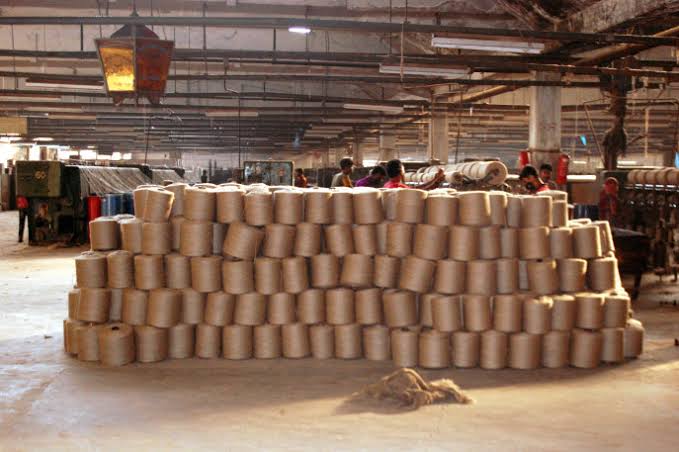Introduction
The world of jute yarn is where nature’s bounty meets the art of craftsmanship to create strong, versatile, and eco-friendly threads that form the backbone of end products including rope, sustainable textiles, gunny bags, Hessian sacks, caddies and more. Both the types of jute and the end products dictate the yarn that is produced.
At MASK Associates, we celebrate the enduring beauty and functionality of jute yarn, showcasing its unique qualities and the transformative journey from fiber to fabric as shown in our corporate video.
Join us as we unravel the incredible story of our yarn from its humble origins in the water-logged jute plantations of Bangladesh and its pivotal role in powering a greener, more sustainable and stylish future.
Contents
Manufacturing Process of Jute Yarn
Spinning is the pivotal activity in the production process, where raw jute fibers are twisted, and crafted into durable threads that embody strength and sustainability. An intricate manufacturing process in the mills transforms jute fibers into versatile yarns ready to weave tales of creativity and resilience.

Grades of Yarn: Strength in Diversity
Jute yarn is produced in various different grades, each tailored to specific applications and requirements based on fiber quality, thickness, and weaving capabilities. From fine and delicate yarns for textiles and apparel to sturdy and robust yarns for industrial and agricultural purposes, the finished yarn offers a range of options to suit diverse needs.
The type of jute selected for each yarn depends on the end product. The coarser, more durable jute fibres are typically used in industrial application such as the production of ropes and sacks. Similarly, the finer grades are used for consumer end-products such as jute bags.
Jute Yarn in Action: Applications and Benefits
Jute yarn has myriad applications and benefits across industries and products. From clothing and accessories to home textiles, packaging solutions, and decorative items, the threads shine as a reliable, sustainable, and stylish material that elevates the quality and eco-friendliness of end-products.
Transitioning to Jute Cloth: Weaving the Next Chapter
The next step in the journey of jute is the transition from yarn to jute cloth, where the threads come together to form intricate weaves and patterns that define the fabric’s texture and appearance. The act of weaving yarn into cloth is an art form in itself and one that has been refined and perfected over centuries by the artisans in Bangladesh.
Conclusion
Jute yarn, with its inherent strength, sustainability, and versatility, embodies the essence of eco-conscious living and creative expression. From the manufacturing process to the diverse grades and applications, it stands as a symbol of innovation and tradition in the world of textiles and materials.
Join us at MASK Associates as we celebrate the power and potential of jute yarn, weaving a sustainable legacy for generations to come.
